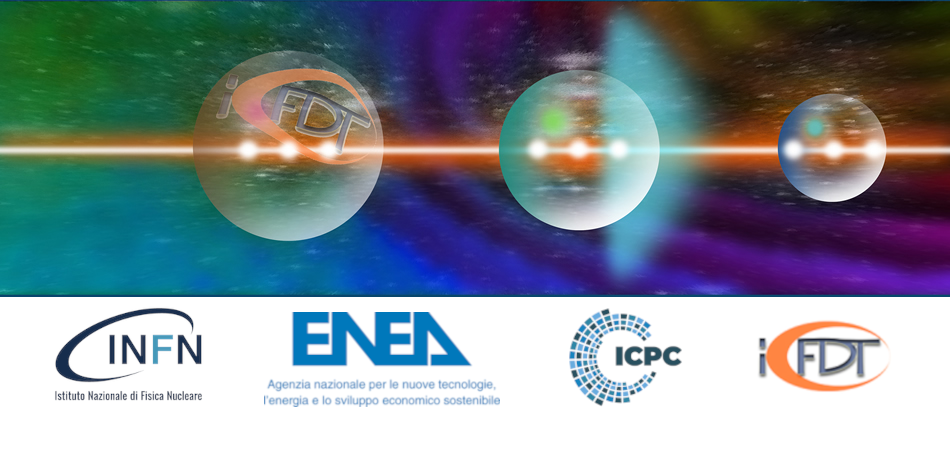Speaker
Description
A damage diagnostic method based on the use of artificial intelligence (AI) was pointed out for the analysis of displacement data recorded in shaking table tests of a prototype representing a typical Central Italy historic masonry building. The displacements were measured by the use of a 3D motion capture system capable of tracking the motion of passive optical markers located at several positions on the tested building.
In particular, machine learning was used to provide an estimation of the state of damage of the tested prototype. The state of damage was initially estimated by calculating a widely accepted Damage Index (DI) based on the first mode frequency decay of the building calculated by conventional Frequency Response Function (FRF) for modal analysis of the markers displacements data.
More specifically, a damage index prediction method based on Convolutional Variational Auto-Encoder (CVAE), an important generative model in unsupervised deep learning, was applied to the recorded displacement data, after proper partitioning. Regression techniques were then applied to the CVAE latent encoding space generated from the time sequences of the 3D motion markers to predict the DI values. Coefficient of determination (R2) and Relative Percent Deviation (RPD) were considered to assess the quality of the obtained regressions. The results showed that the methods provided by machine learning are very promising in their potentialities of assessing the structural damage in typical historic masonry buildings.

